The Watchers is a horror fantasy film that incorporates an element of Irish folklore as the foundation of terror, which confines a group of strangers to a sweeping and mysteriously untouched forest in Ireland.
Within the forest, these individuals are forced to follow the rules of the woodland creatures (the watchers) to maintain relative peace and balance. However, the “order” is dismantled once another stranger, Mina (Dakota Fanning), is trapped by the forest. By defiantly questioning the existence of these creatures while simultaneously challenging the system, Mina creates a snowball effect of consequences that ultimately presses the group for an escape.
“It [the forest] draws in lost souls, like moths to a flame.”
The film contains a variety of good “cliche” formulas that work for the genre, but it falls short in executing most of them. It had a gripping opening scene with narration that laid the film’s premise, which, unfortunately, remained one of the most suspenseful moments of the entire movie. The energy and atmosphere were present, but the film was weighed down by inconsistencies and underdeveloped contexts — origins of the watchers and folklore context — that left holes.
Nonetheless, The Watchers is still something I’d recommend despite the minor storyline and pacing issues. For the most part, it can be overlooked and enjoyed!!

The Sacrificial Lamb
In film, most recognize the sacrificial lamb as a tool to create some sort of narrative conflict. It creates a ripple effect, usually influencing the main character to step in. Although its effect is similar in The Watchers, the “lamb” is mainly used to inform the audience of the main issue (the creatures and ominous forest).
The Watchers does a phenomenal job in the opening scenes, which sets the atmosphere for the film and the forest. It instantly draws the audience into the setting, offering brief but helpful information about the soul-trapping forest.
Like most horror films, it offers a sacrificial lamb, John, that serves as the “first kill.” This effectively introduces the audience to the essence of the story as well as the dilemma. The film does well in utilizing this formula through a blend of elements – sound, visuals, color scheme, music, and narration – that creates an intense and uneasy atmosphere.
I also appreciated the subtle mood shift between Fanning’s narration of the forest and the forest itself. It was a great contrast to the steady, calm narration before shifting to the vibrative call of the creatures and the labored breathing of John that exuded anxiety.
With a relatively strong introduction, it makes it even more upsetting that the rest of the movie did not reach its fullest potential.
The Loner Archetype
The loner archetype is a character that is forcibly reclusive due to various reasons that mainly stem from a past traumatic experience. This makes it harder for them to relate to others, leaving them alone with nothing but their overwhelming thoughts. This can easily call for future problems like self-destructive behaviors and poor decision-making, which Mina personified.
A young American woman alone in West Ireland.A woman with dark skeletons, aka being the cause of her mother’s unfortunate death, that she can’t overcome even after fifteen years.No support systemHas a pet (which naturally allows the protagonist to unveil themselves to the audience).An estranged relationship with twin sisterA woman self-trapped in a punishing cycle of loneliness, mental exhaustion, and trauma.
These isolating tools were excellent and drove the majority of choices Mina made in her life. Each element successfully created Mina and made it more impactful when she broke free from this archetype. It was a noticeable change in Mina’s character arc once she experienced the challenges of the forest. I wouldn’t say it was drastic, but she no longer stuck to the shadows of her past.
This archetype is one of the exceptions where the film succeeded in executing a film formula.
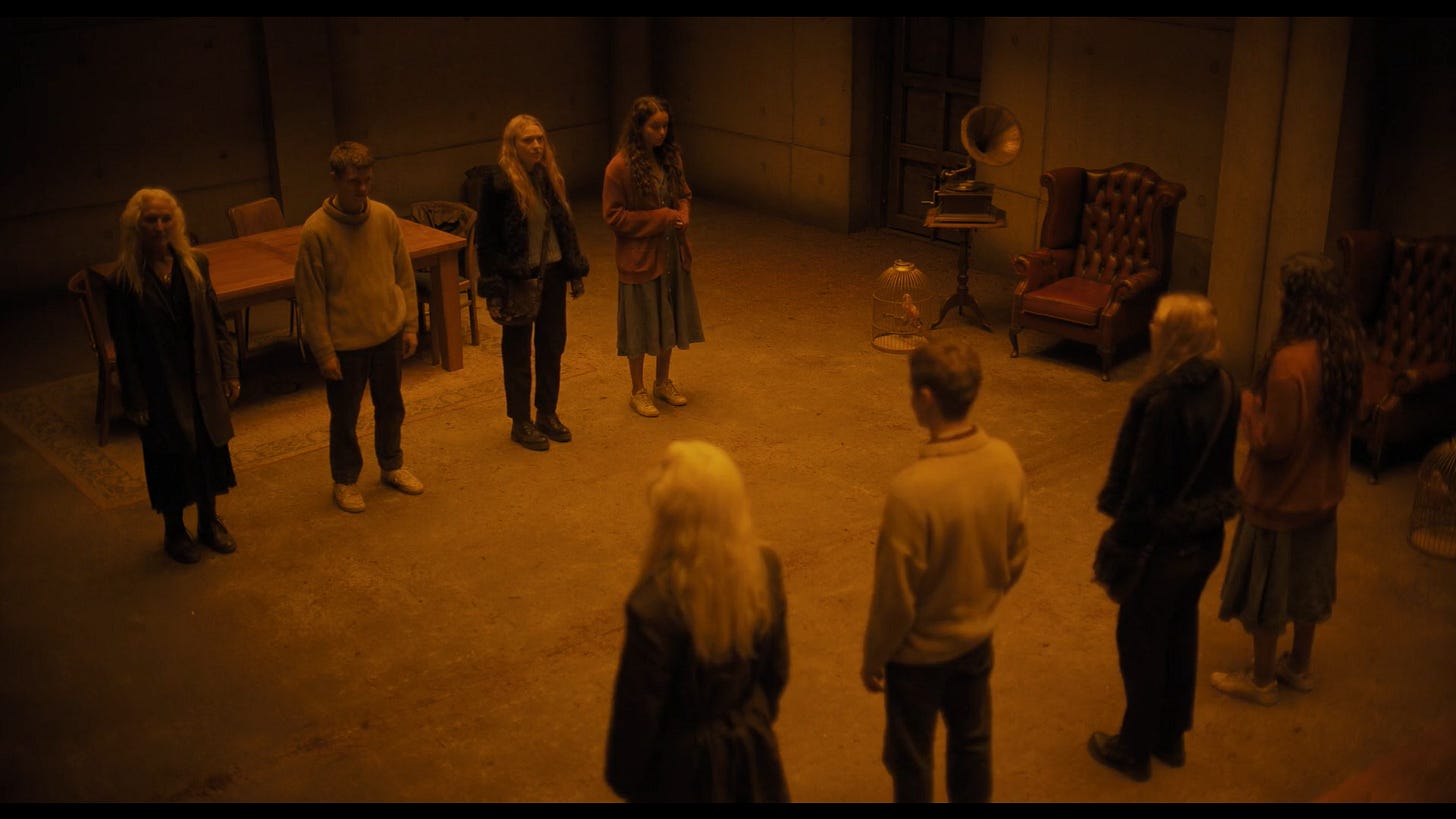
Newbie “Disrupting” the System
Dystopian films, like The Maze Runner or Hunger Games, absolutely adore throwing in a new individual to face and inevitably topple a corrupt force over a society. This pattern has been consistently seen throughout films yet remains fresh and captivating.
Many, myself included, indulge in this “overused” formula without fuss. How come? What makes the story of Thomas and Katniss Everdeen so intriguing, even though we recognize the exact pattern and have a clue of the outcome? An outcome where the newbie is always on top no matter the gruesome battles they endured and the havoc they stimulated.
Similarly, The Watchers threw in a ringer, Mina, who offset the balance of the forest. She entered a backward “society” and challenged it, causing a drastic shift. Her defiance against the rules and authority of the creatures and Madeline (Olwen Fouéré) was good. Her influence on Daniel (Oliver Finnegan) to act out was also good. But it was not enough.
Unlike Hunger Games or The Maze Runner, this film lacked a special twist and depth in portraying the lengths the protagonists endured to achieve their goals. This leads me to the pacing issues of the film.
Mina’s progression and the whole problem itself were not thorough enough of a development. Everything shifted into one another way too fast. It would’ve been better if some circumstances were prolonged, especially Mina’s stay in the forest.
I didn’t feel like Mina went through enough challenges or experienced enough to immediately throw the balance. The film definitely could’ve simmered itself instead of rushing.
Lastly, the twist is about what makes the protagonist special, influencing their ability to make that change.
Side note, all the actors in this film were fantastic in embodying their roles. Each was expressive and input a different essence to the film. I especially liked Daniel’s erratic and childlike behavior, which added an element of madness.
Wolf in Sheep’s Clothing
Something was always off about Madeline, but I was surprised once she was revealed to be a half-human hybrid (watcher mix). This was unexpected, at least on my part, and she played the group and me.
The plot twist was great, but it left the movie with more unanswered questions, which stressed the underdeveloped storyline even more. I’m not asking for the film to give a five-hour lesson on the history of the creatures and their difficult relationship with humans. But it would’ve helped enrich the plot if they added more information about the creatures.
The final "coop" (safe house) scene, in which hell broke loose before the group escaped into an underneath bunker, was amazing. The banging, screaming, and overlapping creature voices while the group frantically looked for a solution was a nice moment of overwhelming suspense and anxiety.
Humans vs. Mythical Creatures Lore
I liked the dynamic of there being a historically estranged relationship between humans and the watchers. This definitely drove anticipated feelings of conflict and anxiety between the groups. It was also a good foundation to further strengthen the film and other elements, but this history didn’t feel complete.
I wished the film would’ve gone a bit deeper into the origins of the watchers instead of abandoning the audience with bare information.
However, what we do know about these creatures is fascinating:
Known as watchers, fairies, winged people, and changelings.They have shape-shifting abilitiesThey mimic and study the behavior of humans to perfect their being, pulling off an accurate cover.Humans are their musesA rocky relationship with humans resulted in war and their imprisonment in a tomb.
Plus, the information they did provide was sometimes rehashed instead of offering additional info. Yet, I’ll cut them some slack since plenty of other films have a monster at the forefront of the film’s dilemma with little background information.
I still recommend this film, especially if you’re not a big stickler on the standard of storytelling elements. The film offered some beautiful visuals and color schemes – blue and yellow – that enhanced the atmosphere of certain scenes. The soundtrack was also another element that complemented the ups and downs. Lastly, I enjoyed the contrast between the dark and vibrant green of the forest, which portrayed their state (good vs. bad). The film was decent.

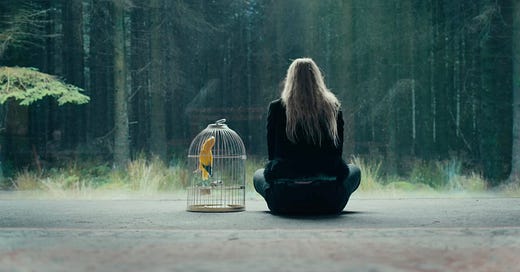


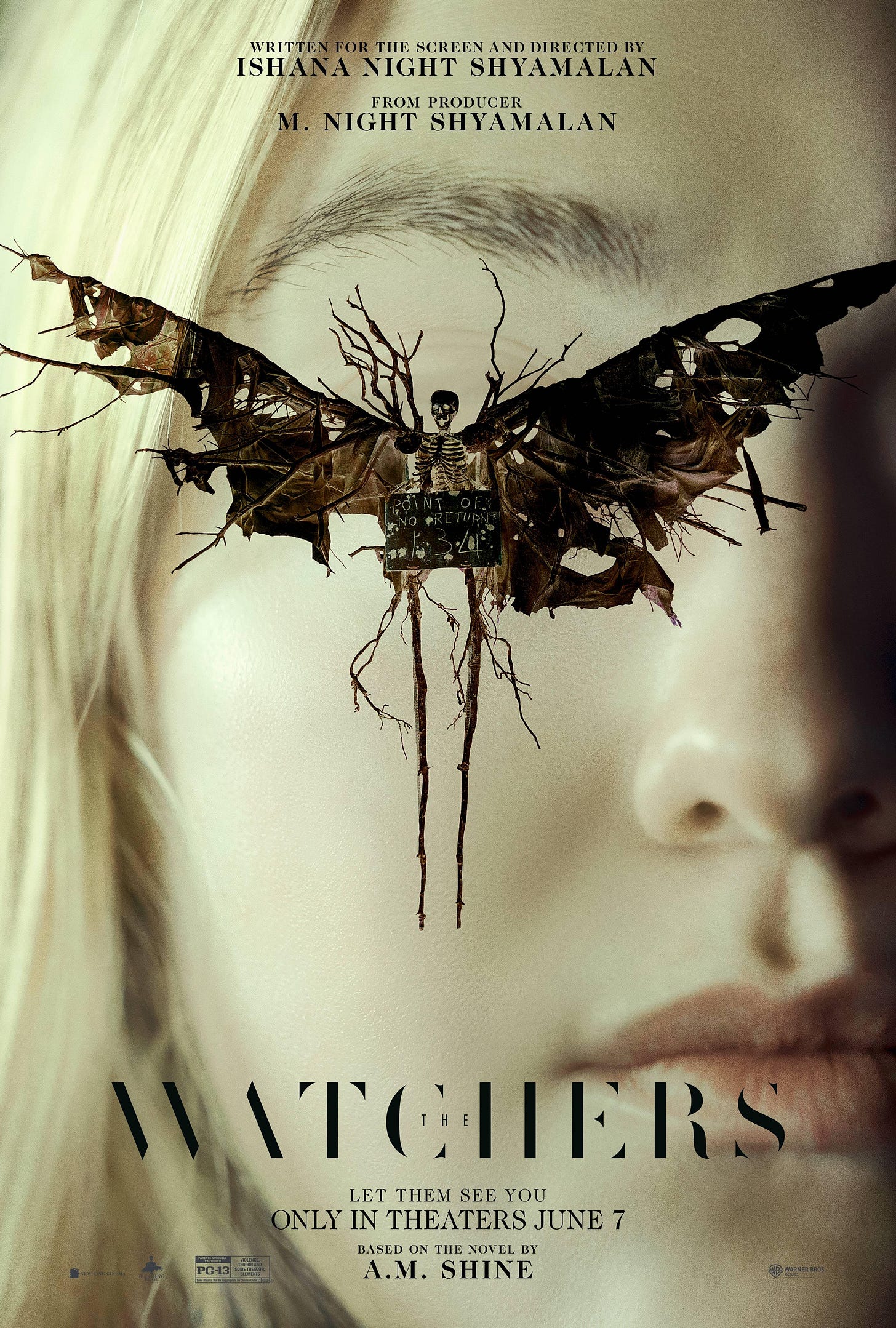

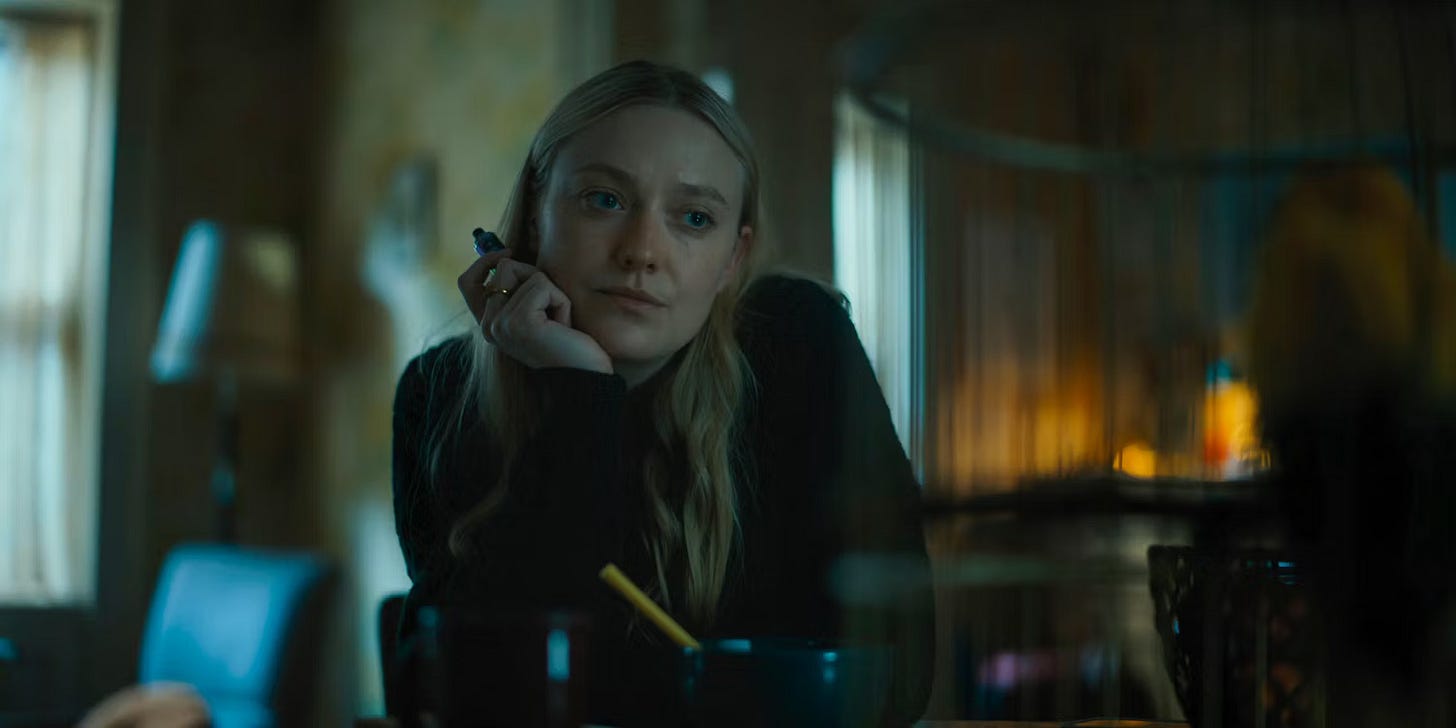

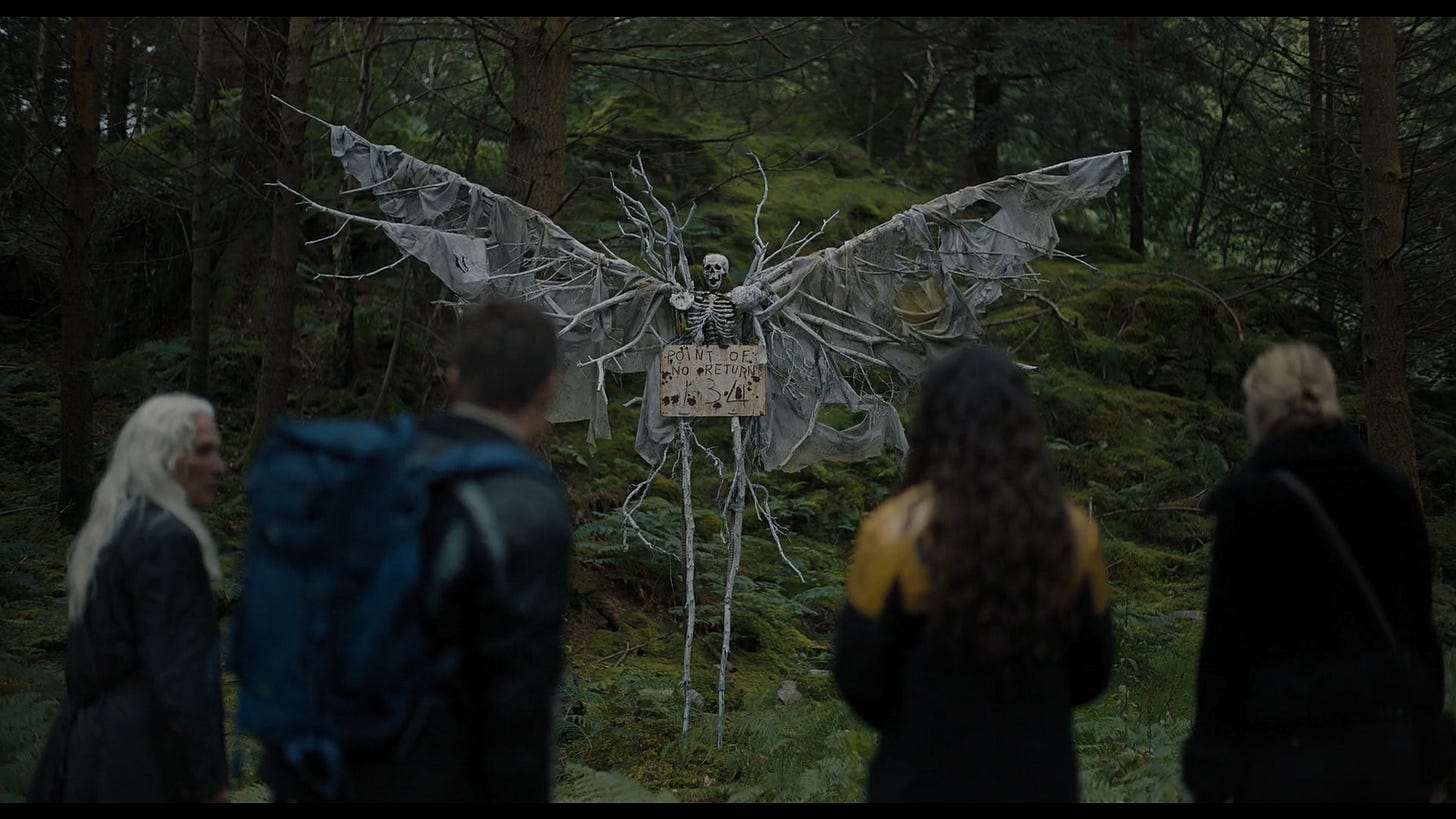
Interesting review, I really cannot wait to check out this Irish tale. If I may though, Jada Poe, maybe you should for your titles make them more 'clickbait'. I know many might not like that, but if they're more exaggerated, and if you were to eschew the term 'review' and instead use those such as analysis or 'exploring' or something you might get more views.
Sorry for meddling, just thought I'd give some tips. But best of luck, really liking your substack.
Very thorough breakdown. What is your process for choosing what films you like to review and what has been your favorite genre to analyze?